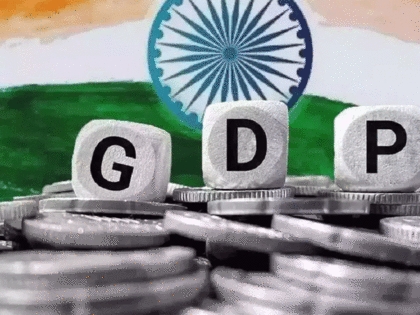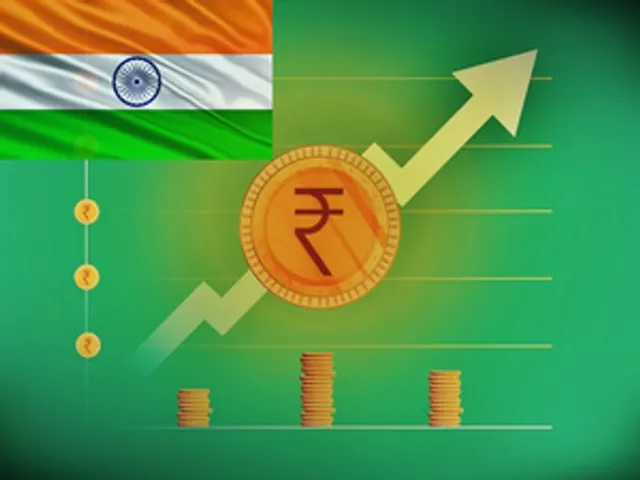According to a report by S&P Global, India’s gross domestic product (GDP) is projected to double to $7 trillion by FY30-31, positioning the country as the third-largest economy globally, trailing only the U.S. and China. This growth trajectory is fueled by key structural reforms, advancements in technology, and robust domestic consumption. By 2030, India is expected to contribute approximately 15% of global growth, making it a critical driver of the world economy.

Source:- -BBC news
Several factors underlie this rapid expansion. One of the primary contributors is India’s young and growing population, which continues to provide a strong workforce and a burgeoning consumer base. The digital revolution, particularly in financial inclusion and e-commerce, is driving efficiency and expanding market access. Government initiatives like “Make in India” and the Production-Linked Incentive (PLI) scheme have also incentivized manufacturing and attracted foreign investment.
Source news 18
Additionally, the Indian government’s focus on infrastructure, coupled with reforms in sectors such as labor, taxation, and land acquisition, has enhanced the ease of doing business. These reforms are encouraging private sector investments and boosting productivity across key industries.
S&P also highlighted India’s transition to green energy as a pivotal aspect of its future economic landscape. The nation has set ambitious targets for renewable energy adoption, with the aim of becoming a global leader in sustainable practices. This, along with a shift towards a more digital and innovation-driven economy, will likely elevate India’s global standing.
By FY30-31, India is poised not only to be the third-largest economy but also a significant player in shaping global economic trends, reinforcing its position as a pivotal market for investors and businesses worldwide.
Share your views in the comments

